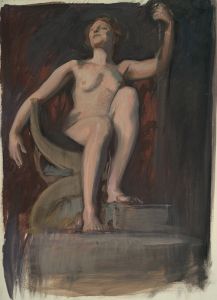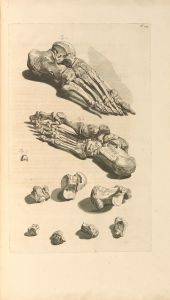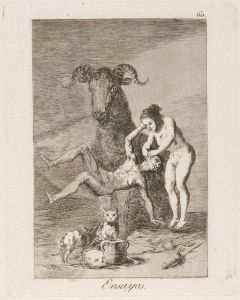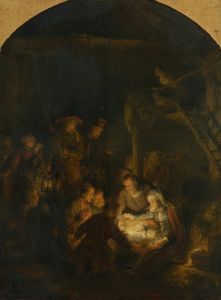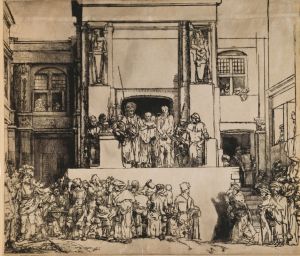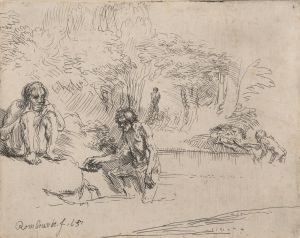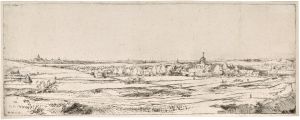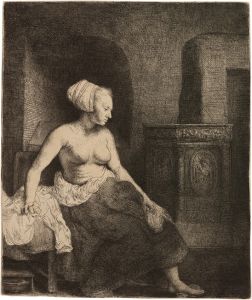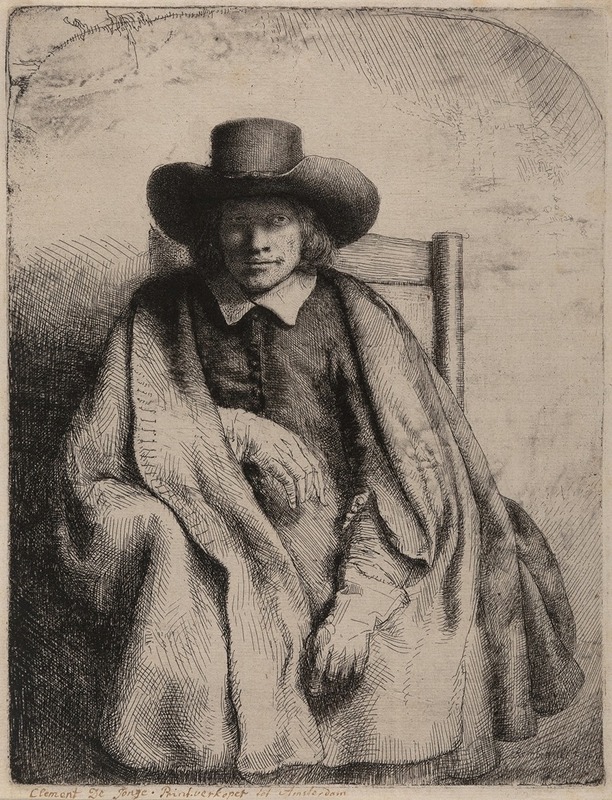
Clement de Jonghe, printseller
A hand-painted replica of Rembrandt van Rijn’s masterpiece Clement de Jonghe, printseller, meticulously crafted by professional artists to capture the true essence of the original. Each piece is created with museum-quality canvas and rare mineral pigments, carefully painted by experienced artists with delicate brushstrokes and rich, layered colors to perfectly recreate the texture of the original artwork. Unlike machine-printed reproductions, this hand-painted version brings the painting to life, infused with the artist’s emotions and skill in every stroke. Whether for personal collection or home decoration, it instantly elevates the artistic atmosphere of any space.
"Clement de Jonghe, Printseller" is an etching created by the renowned Dutch artist Rembrandt van Rijn in 1651. This work is a portrait of Clement de Jonghe, a prominent printseller in Amsterdam during the 17th century. Rembrandt, known for his masterful use of etching and his keen ability to capture the human spirit, created this piece during a period when he was deeply engaged in the art of printmaking.
The etching depicts Clement de Jonghe seated, with a contemplative expression, wearing a fur-trimmed cloak and a wide-brimmed hat. The attention to detail in the textures of the clothing and the subtle play of light and shadow on de Jonghe's face are characteristic of Rembrandt's skill in rendering lifelike portraits. The background is minimal, focusing the viewer's attention on the subject's face and attire, which was typical of Rembrandt's portrait style.
Clement de Jonghe was not only a subject for Rembrandt but also an important figure in the dissemination of Rembrandt's work. As a printseller, de Jonghe played a crucial role in the distribution of Rembrandt's etchings, which were highly sought after during the artist's lifetime. The relationship between artists and printsellers was vital during the Dutch Golden Age, as printsellers were responsible for the production, marketing, and sale of artworks, making art accessible to a broader audience.
Rembrandt's etching technique involved the use of a copper plate, onto which he would draw with a needle, creating lines that would hold ink. The plate would then be covered with ink and wiped clean, leaving ink only in the etched lines. When pressed onto paper, the ink would transfer, creating the final image. This method allowed for a high level of detail and subtle gradations of tone, which Rembrandt utilized to great effect in his portraits.
The etching of Clement de Jonghe is notable for its psychological depth, a hallmark of Rembrandt's portraiture. The subject's introspective gaze and relaxed posture suggest a moment of quiet reflection, inviting viewers to ponder the thoughts and character of the man depicted. This ability to convey the inner life of his subjects is one of the reasons Rembrandt's portraits remain compelling to this day.
Rembrandt's portraits, including this etching, are celebrated for their realism and emotional resonance. His work with etchings, in particular, demonstrates his innovative approach to printmaking and his mastery of the medium. "Clement de Jonghe, Printseller" is an exemplary piece that showcases Rembrandt's skill in capturing the essence of his subjects while also highlighting the important role of printsellers in the art world of the 17th century.
The etching remains an important part of Rembrandt's oeuvre and is studied for its technical brilliance and insight into the artist's relationships with his contemporaries. Today, it is held in various collections and continues to be appreciated by art historians and enthusiasts alike for its artistic and historical significance.






